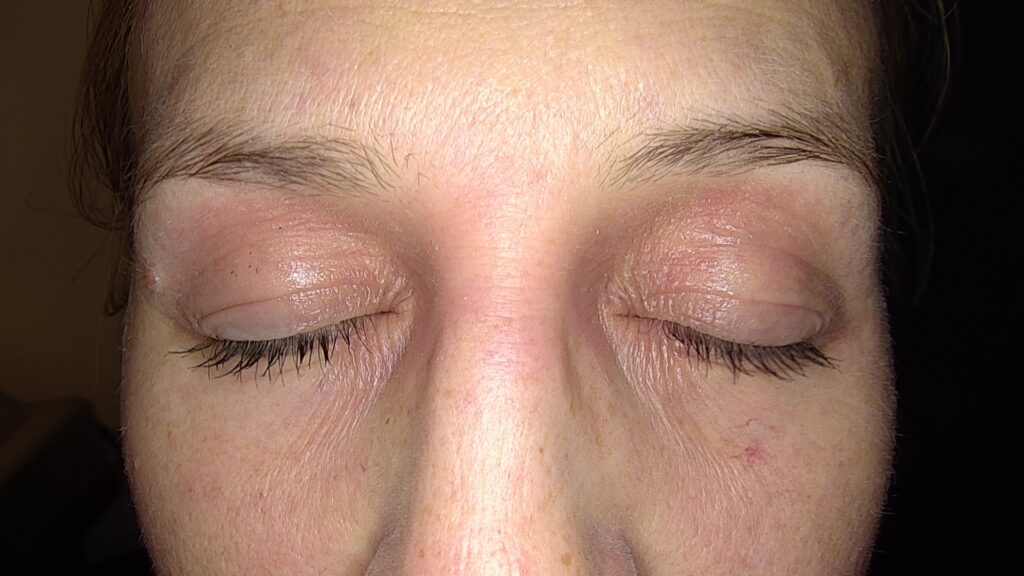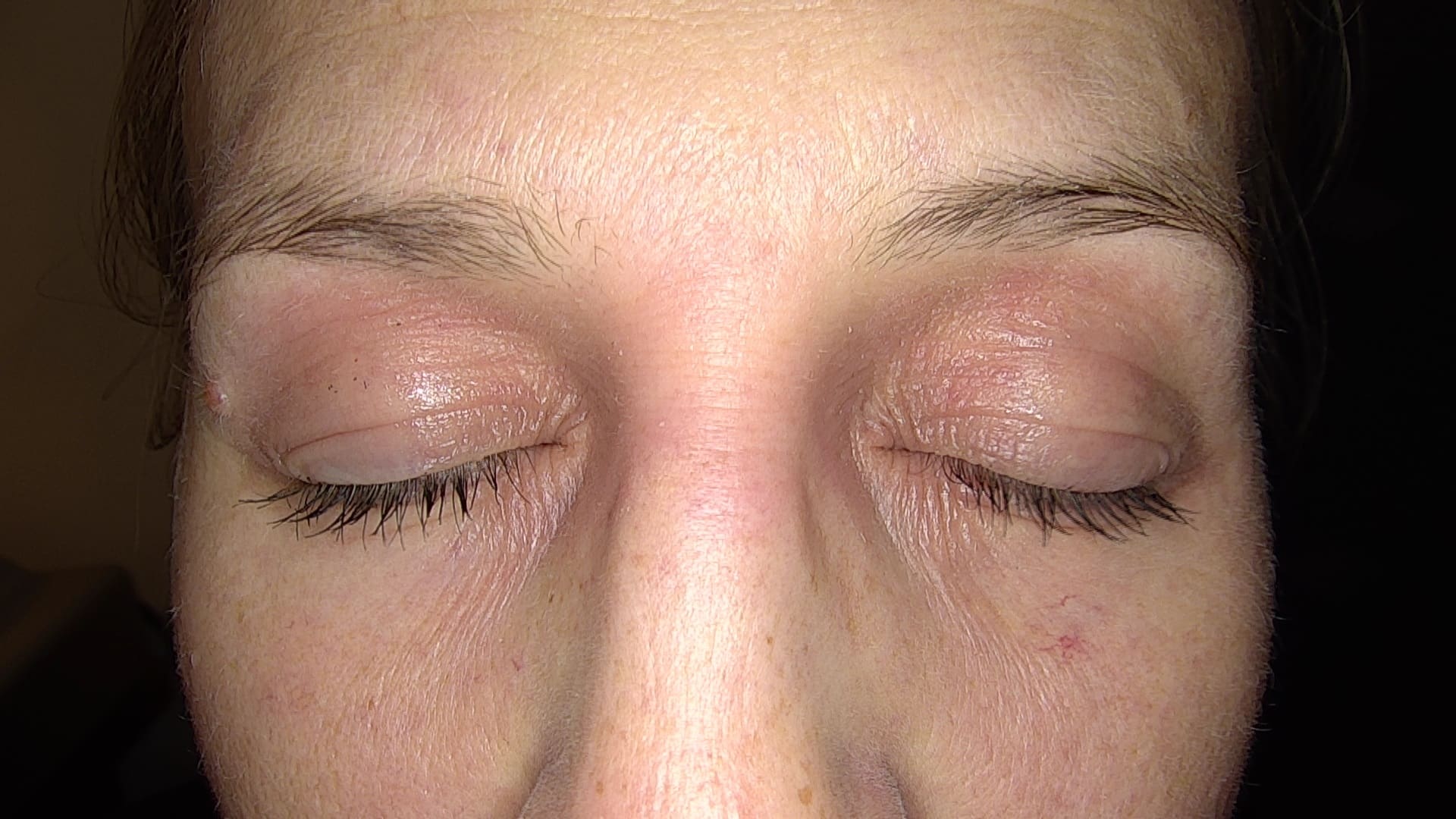Atopic dermatitis is often referred to as eczema. This is an itchy, chronic inflammation on the surface of the skin. Eczema can very often occur in people who suffer from hay fever or asthma or have a family history of similar allergic diseases. This is not an allergy to a specific substance, but it can increase the likelihood of developing asthma, or hay fever. It is unclear why more people suffer from neurodermatitis today than in past decades. There is the so-called hygiene hypothesis, which states that children who grow up on a farm are less susceptible to atopic diseases. Therefore, due to our life change to the cities with more and more cleanliness, the number of atopic diseases is increasing. It is also possible that today specialists pay more attention to atopic eczema and therefore diagnose atopic dermatitis more often than in the past.

Typical areas of appearance of atopic dermatitis are the hands, upper arms, interiors of the elbows and back of the knees. Annually, approximately 10% of adults and 20% of children are diagnosed with the eczema. An exact period of onset or duration cannot be determined. In many it is diagnosed in the first year of life, although it may not appear until the end of the 5th year of life or even in adulthood. In children who suffer from atopic dermatitis at a very early age, it usually disappears completely by adulthood. Environmental factors can also be a trigger for the change in the skin surface. These include, for example, intense sweating, excessive bathing or washing, the presence of the bacterium Staphylococcus aureus on the skin, aggressive soaping or wearing rough fabrics and wool
Eczema is divided into two phases. The early (acute) phase is recognizable by red and crusted areas. The later (chronic) phase leads to a thickened and dry surface of the skin (lichenification) due to scratching and friction. The itching is already very intense here.
Adolescents and adults should especially avoid the risk factors already mentioned. Only if you know the substances that exert an undesirable stimulus on your organism, you can escape them to keep your atopic dermatitis in check. To prevent atopic dermatitis, we recommend avoiding excessive washing or bathing and using a small amount of soap. Washing with hot water should also be avoided. It is recommended to use lukewarm water temperature and to apply moisturizing lotion, ointment or cream immediately after showering on the still moistened skin. The skin should not be rubbed dry after showering, but only lightly dabbed. Possible triggers such as stress, sweat, soaps and aggressive cleansers should be identified and avoided.
Atopic dermatitis is a disease that cannot be cured. Nevertheless, measures can be taken to relieve the itching. The itching can be relieved by applying (topical) or taking oral medications. Treatment of eczema is carried out according to the diagnosis, which is adjusted based on the appearance of the rash. To be determined is a good basic care, which does not burn, is applied with pleasure and thus balances the appearance of eczema.
The course of treatment can vary significantly from the degree of appearance. It includes the application of corticosteroids and, as needed, the use of other treatments such as phototherapy.




